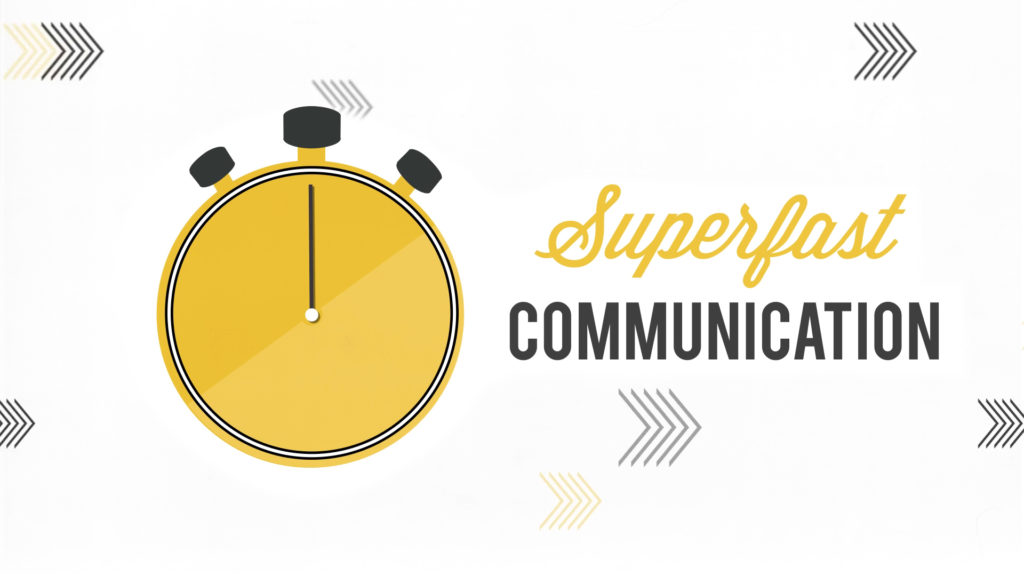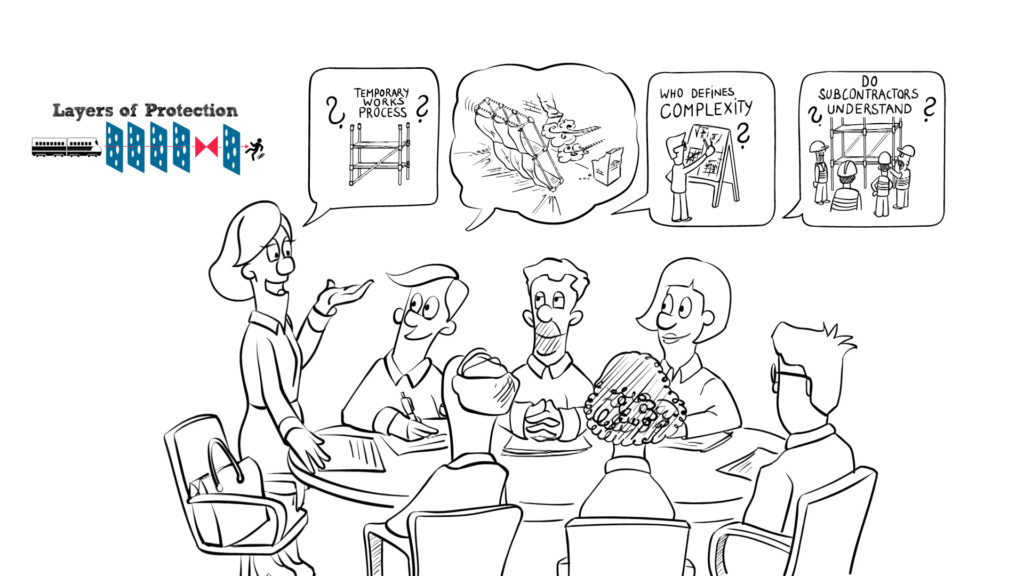Employees and customers are hungry for information. However, for businesses to communicate effectively, it is the core questions of what, how and why that brings clarity. Explaining the “why” with animation enforces understanding and builds trust. Moreover, people are more willing to respond in a positive way when they can comprehend the purpose behind their actions. The other challenge leaders face is to explain the why in a way that people will engage with and listen to. Corporate communication shouldn’t be boring or confusing – it must be engaging and memorable.
Animation is proven to be an effective form of communication because it uses visuals specifically to enhance and accelerate understanding. It has the ability to engage your audience, inform, narrate, instruct or explain. Educational content should have learning outcomes that lean heavily on emotional engagement – especially if you are delivering information that is critical to the running of your business, promoting the benefits of a product or asking people to change their behaviour.
If your boss comes to you and says, “I need you take on this additional project on top of your current work load.” What is your first question? It probably has nothing to do with the mechanics of setting your alarm or re-arranging your schedule. When someone asks you to alter a current behavior, your first question is usually why? Because you’re not going to try something new or hard unless you’re motivated to do so. Your audience is no different. If they don’t know why a new action is necessary, they won’t be motivated to help you.
Nancy Duarte, Harvard Business Review
Live Video v Animation
Visual aspects in videos have the power to evoke emotion and create a strong connection with the audience. Studies show purchasing decisions are largely fuelled by emotion. Consumers are more inclined to buy products if they believe it will meet their needs. Employees perform their jobs better when they understand and appreciate the end goal. With the right ingredients, well-made videos stir emotions and provoke viewers to take action. In corporate settings, there are two ways a company can create an educational video.
Live video production features human beings. This gives you the advantage of making the characters more believable. The general perception is that viewers relate more readily to human characters. However, research shows that people will just as easily relate to animated content if the characters and setting are believable. Animation also gives you more scope to deliver your message and make your videos more compelling. Unless you have a Hollywood budget, live video is very limited to what you can actually achieve. Even something like location can pose a problem.
Live video shoots, in the main, is also more expensive to produce than animated videos. It requires specialist equipment, more people, travel, possible rental expenses and a long and arduous editing process. If there is a mistake or missing information, chances are you’ll have to reshoot something. Animated videos avoid all the complications associated with recording live videos. You can create any scene you like and continuously add or remove relevant elements to future-proof the content.
Take Advantage of Animated Visuals
Animated video can bring boring messages to life through visually engaging content. Animation enhances communication and makes your message more engaging. The what part of your message should be apparent early. The solution should be given immediately afterwards by explaining the how and the why in tandem. Today’s audiences do not have the patience to sit through a video if it is not relevant to them.
Animation is immediately captivating, but you still have to nail your script to keep viewers engaged. Your characters and the situation they find themselves in have to be relatable to the audience you are targeting. Furthermore, if the character’s journey is presented in a believable and interesting way, the message you hope to convey will be remembered. Studies show that meaningful images are easier to recall from both long-term and short-term memory.
Creating Effective Animated Communication
How you present the message you want to communicate will depend on the meaning it has for your audience. For example, if you need employees to change their behaviour, dramatic narratives with a human-centric personality are more powerful.
Dry, technical content, on the other hand, might require less empathy but more explanation. In these types of animated videos, you will depend less on dramatic tropes and focus on problem-solution narratives that simplify the message you intend to deliver. Internal communication does not have to be complicated. You can even start with an animated version of your CEO explaining a change needs to be made. For example, “We need to talk. It’s not you, it’s me…I’ve had an idea. I would like to share it with you.”
“Over the years I have become convinced that we learn best (and change) from hearing stories that strike a chord within us. Those in leadership positions who fail to grasp or use the power of stories risk failure for their companies and for themselves.” John Kotter – Author of Leading Change
Another way for leaders to involve employees in meaningful discussions and communicate the why is by openly sharing data. Animation brings data to life and helps laypeople understand what analytical data actually means in the real world. What’s more, you can show them why it is important for them to know about it. 90% of information transmitted to the brain is visual and images are processed 60,000X faster than text. Information is far easier to remember when people are engaged. All these facts endorse communicating the why with animated videos. By nature, humans always want to know why they should do something leaders tell them.
If you are unfamiliar with the animation production process, this blog post What to expect when you work on a project with Sliced Bread might serve to help you, it provides a complete guide on how we typically approach our projects, from concept to final delivery. It also provides information on how we structure our fees and plan the production schedule.
If you would like to know more about how engaging and immersive animation can help your marketing communications? Drop us an email at info@sbanimation.com











